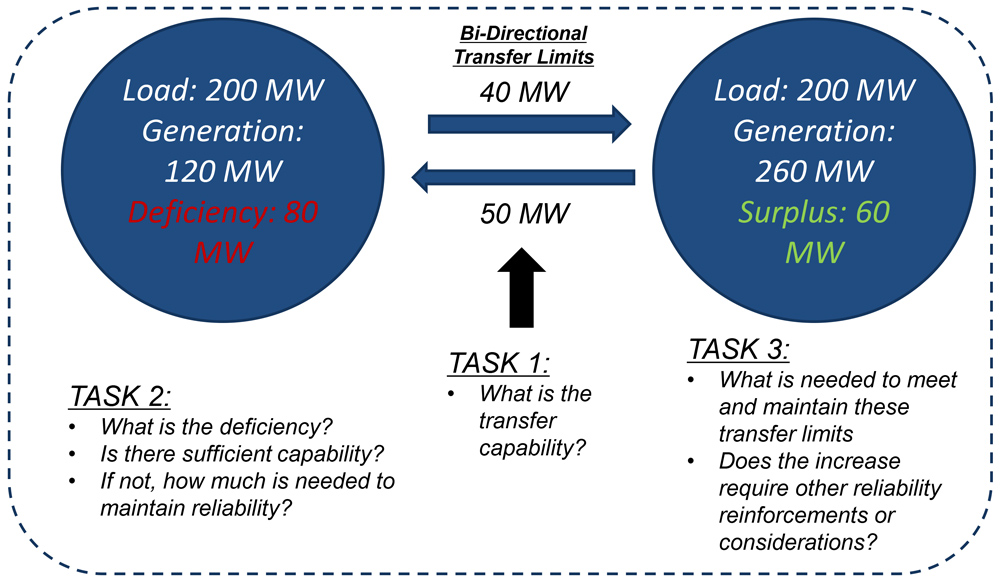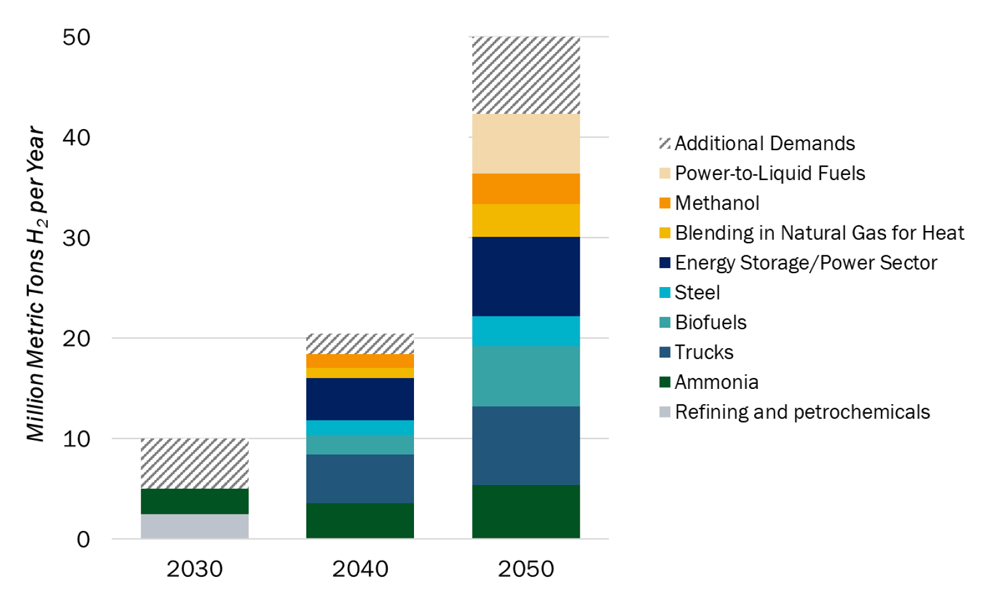Pennsylvania has announced an investment of federal funds totaling $33.8 million to install 54 electric vehicle charging projects as the state seeks to put more EVs on state roads.
It’s the first award from $171.5 million in federal money allocated to the state under the National Electric Vehicle Infrastructure (NEVI) program. The award will put 216 charging ports on or close to more than a dozen highways across the state, including Route 80, Route 84 and Route 95.
Twenty-two of the projects will be in or near disadvantaged communities, and construction of the first projects, all of which include four charging ports, is expected to begin by the end of 2023.
“This funding will allow us to deploy electric vehicle charging stations across our Commonwealth, from cities to suburbs to rural areas, promoting energy security, creating jobs and reducing our carbon footprint,” U.S. Sen. Bob Casey (D) said in a release from the state Department of Transportation (DOT).
Richard Price, executive director of the Pittsburgh Region Clean Cities Coalition, a federally funded advocacy group, said once the 54 projects are implemented, “a lot of the range anxiety” will go away.
Most EV owners now must charge their vehicle at home or work using a Level 2 charger, rather than a Direct Current Fast Charger, he said. It takes several hours to charge a vehicle with a Level 2 charger, compared to less than an hour with a fast charger.
“Now this allows somebody with a battery electric vehicle that can take the DC fast charge to travel long distances and be able to know that they can go outside their local area and be able to charge or refuel — all along all these corridors,” Price said.
The state has 3,668 publicly available EV charging ports at 1,481 sites, about one-quarter of which are direct current fast chargers. Most of the rest are Level 2 chargers, according to DOE figures. It’s unclear how many non-public chargers are in the state. The state’s EV Mobility Plan, released in July 2022, set a goal for the state to add 2,000 new EV charging ports at 800 sites by 2028.
Increasing Charger Accessibility
The focus on charger installation is part of the state’s effort to reduce greenhouse gas emissions by 80% below 2005 levels by 2050. The state’s two largest sources of greenhouse gas emissions are electricity transmission and industrial facilities, which account for 34% and 30%, according to the state’s Electric Vehicle Roadmap. Transportation, which is third with 20% of greenhouse gas emissions, is the focus of a variety of state programs designed to motivate residents to adopt EVs.
Pennsylvania, with 47,400 EVs on the road in 2022, about double the 2021 figure, was ranked the 13th state in the nation by the number of EVs, according to the U.S. Department of Energy.
A year ago, the DEP increased the incentive available for EV buyers from $750 to $2,000-$3,000, depending on household income.
The annual “transportation electrification” scorecard compiled by the American Council for an Energy-Efficient Economy (ACEEE) ranked Pennsylvania 16th, with a strong assessment for its incentive programs and middling grades for its grid optimization efforts. The scorecard gave Pennsylvania low grades for its planning and goals, efficiency of its transportation system and the outcome of the state’s policies and whether they were influencing putting more EVs on the road.
Fuel Corridors
NEVI funds support the planning, design, construction, operation and maintenance of charging sites. Under NEVI, states are required to identify alternative fuel corridors (AFCs), major state and interstate highways where EV charging stations would be located every 50 miles. The Biden administration eventually will award $5 billion in NEVI funds, with money for all states. The administration in July released a report stating the first year of the program showed it’s working as planned. (See Federal Plans to Electrify Highway Corridors Advancing.)
Goals set out in the NEVI plan for Pennsylvania, which has 1,800 miles of AFCs, include making sure direct current fast chargers are located within a mile of a highway intersection, and to “build redundancy” to ensure sufficient chargers where demand is high. The plan also seeks to ensure 95% of Pennsylvanians live within 15 miles of a public EV charging station and for 50% of municipalities to have at least two Level 2 plugs open to the public 24/7 by 2027.
The plan requires developers to put up at least 20% of the investment, according to the Pennsylvania DOT.
The first round of NEVI money focused on “building out the AFC network,” the DOT release said. When that task is accomplished, NEVI will “fund right-sized EV chargers for Pennsylvania’s community charging,” the department said.
Price said he expects the next round of funds to be spent on putting chargers every 25 miles, instead of every 50 miles, and in creating “redundancy,” so there are enough chargers at each site, so drivers don’t have to wait long to get connected.
The state, which received 271 applications for first-round funding, selected the winning projects based on ones that:
-
- Provided a variety of amenities and services to improve customer experience (such as varied payment options);
- Offered local economic development and workforce opportunities; and
- Featured locations that are “welcoming, safe, and accessible for all.”
The chosen projects will put chargers at various convenience stores such as Wawa, Sheetz, KwikFill and Al’s Quick Stop, and at truck stops and travel plazas. Twelve of the awards are for Tesla charging stations.

